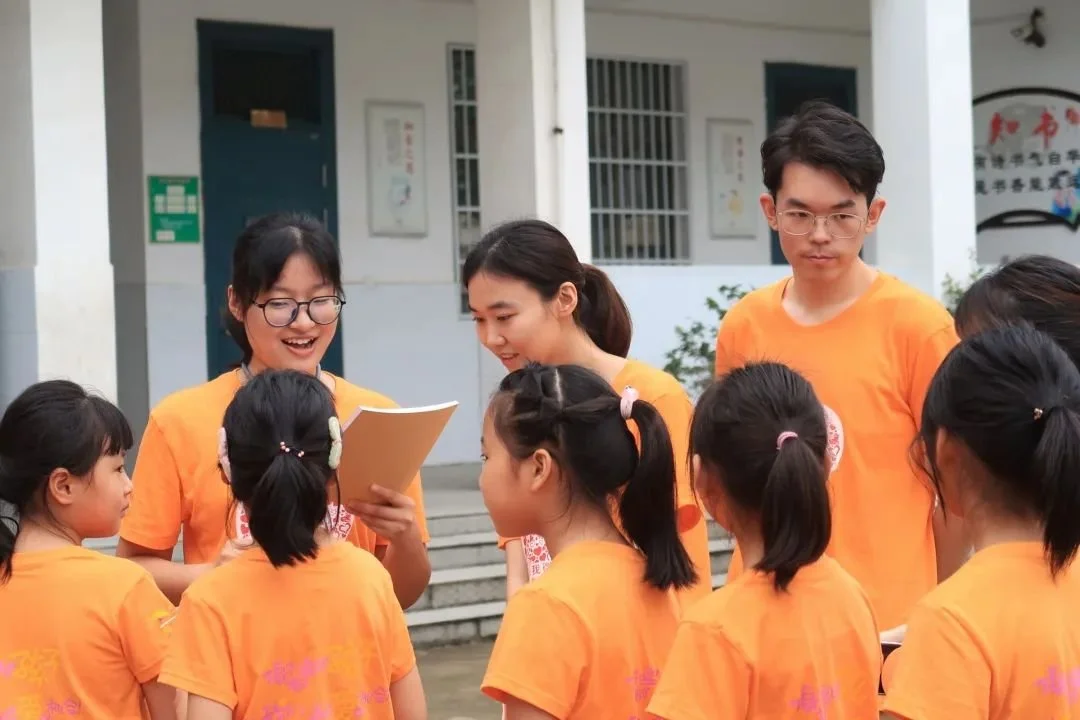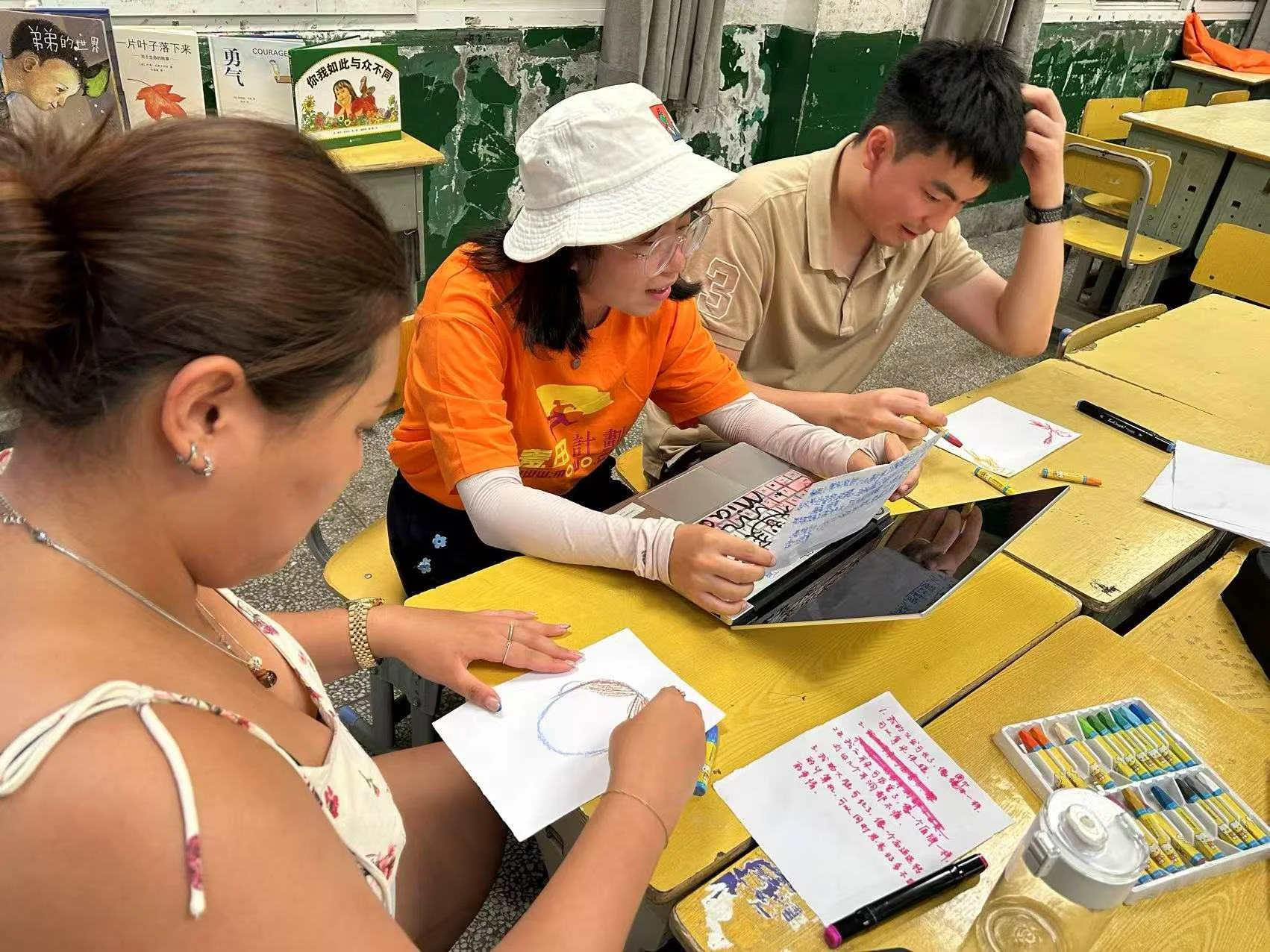
Connecting Together
for Bigger Development Impact.
SEESALT+1, Sometimes bigger than ♾️.

SeeSALT+ : A Cooperation Mechanism for Cross-Sector Development Programs
SeeSALT+ is not a program—it's a mechanism that enables diverse organizations to co-create and co-implement high-impact development initiatives that no single actor can achieve alone.
The Problem:
Complex social challenges require expertise from multiple sectors
Organizations work in silos, duplicating efforts and limiting impact
Elite institutions lack local context; local organizations lack global resources
Traditional "partnership" models often remain top-down and extractive
Sustainable solutions require shared ownership, not one-off interventions
The SeeSALT+ Solution: A structured cooperation framework that:
Brings together international institutions, local organizations, government, and communities
Ensures genuine co-design (not consultation after decisions are made)
Creates shared investment and shared ownership models
Builds sustainable partnerships through mutual benefit
Centers local leadership while leveraging global expertise
Enables replication and scaling across contexts
Core Principle: Cooperation > Coordination > Isolated Action
First Application: Wheat Ear 2030 Summer Camp validated this mechanism by connecting international schools, urban families, local schools, and NGOs to co-create transformative youth leadership programs.
Embrace · Unite · With Terra Firma

Five-Step Cooperation Framework
-
Identify shared challenge requiring diverse expertise
Map stakeholders with complementary assets (not competition)
Establish cooperation principles and mutual accountability
Define roles based on comparative advantage, not hierarchy
-
All partners participate in program design from inception
Local partners identify needs and priorities
International partners contribute frameworks and resources
Communities and beneficiaries shape delivery approach
Result: Jointly owned program theory and implementation plan
-
Financial investment shared across multiple actors
In-kind contributions valued and integrated
Cost-sharing models ensure sustainability (not donor dependency)
Example: Urban participants subsidize local participants 1:1
-
Clear roles and responsibilities for each partner
SeeSALT+ provides platform coordination and quality assurance
Regular communication protocols and joint decision-making
Shared monitoring and real-time adaptation
Conflict resolution mechanisms built-in
-
Joint evaluation and documentation
Transparent sharing of results (successes and failures)
Replication support for other contexts
Network effects as more partners join
Continuous improvement through peer learning
Key Success Factors:
Genuine power-sharing, not tokenism
Long-term commitment (3-5 years minimum)
Trust built through consistent action
Flexibility to adapt while maintaining core principles

Successful Example - Wheat Ear 2030
-
How SeeSALT+ Mechanism Enabled Cross-Cultural Youth Leadership
The Challenge: Urban-rural fringe areas in China face educational resource gaps, talent drain, and identity confusion—requiring both local knowledge and global expertise to address.
-
SeeSALT Institute (global frameworks, program design)
Wheat Field Foundation (local relationships, 18-year presence)
International schools (student mentors from Harrow, Winchester, UCL, UVA)
Bada Middle School (facilities, local students, teachers)
Urban families (funding, demand, advocacy)
-
6-month process involving all partners
Local students helped shape curriculum priorities
International students contributed cross-cultural learning modules
Teachers integrated with ongoing school programming
Result: 7-day intensive combining critical pedagogy, asset-based community development, and UN SDGs
-
Urban families: 5,300 RMB each (covers self + one local student)
International schools: Student mentor preparation and training
Local school: Facilities and staff time
Wheat Field Foundation: Community mobilization and follow-up
SeeSALT: Coordination, quality assurance, evaluation
-
30 students (urban + rural + international mentors)
0% dropout, 95% satisfaction
87% improved critical thinking, 100% cross-boundary friendships
23 students launched fundraising campaigns (47,000 RMB raised)
Model now scaling to 3 provinces
-
Each partner contributed unique value; no single actor could replicate the full impact.

Apply SeeSALT+
to Your Context
SeeSALT+ Can Enable:
-
Cross-cultural youth exchanges
Teacher training and capacity building
School-to-school partnerships
Curriculum innovation projects
-
Participatory budgeting initiatives
Local economic development
Environmental sustainability projects
Cultural preservation programs
-
Action research collaborations
Social innovation labs
Policy pilot programs
Impact evaluation studies
-
Educational Institutions
Bring: Student access, facilities, curriculum integration
Need: Global frameworks, funding, cross-cultural partnerships
SeeSALT+ provides: Mechanism design, partner matching, quality assurance
NGOs & Foundations
Bring: Local presence, community trust, implementation capacity
Need: Scaling frameworks, international partnerships, sustainability models
SeeSALT+ provides: Replication toolkit, network access, technical support
Government Agencies
Bring: Policy mandate, public resources, systemic reach
Need: Innovation models, civil society partnerships, implementation expertise
SeeSALT+ provides: Evidence-based frameworks, multi-stakeholder facilitation
Private Sector
Bring: Resources, technology, networks
Need: Social impact expertise, community connections, credibility
SeeSALT+ provides: Partnership brokering, impact measurement, CSR strategy
Getting Started:
Identify your challenge requiring multi-sector collaboration
Map potential partners with complementary assets
Contact SeeSALT+ for mechanism adaptation support
Co-design with stakeholders using our framework
Implement with ongoing coordination support



